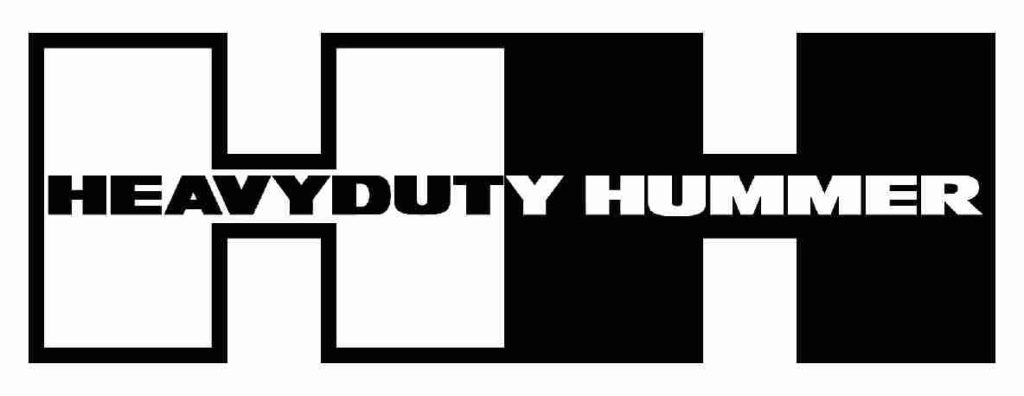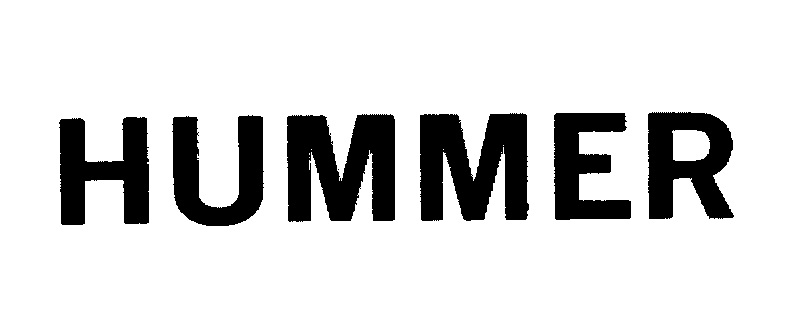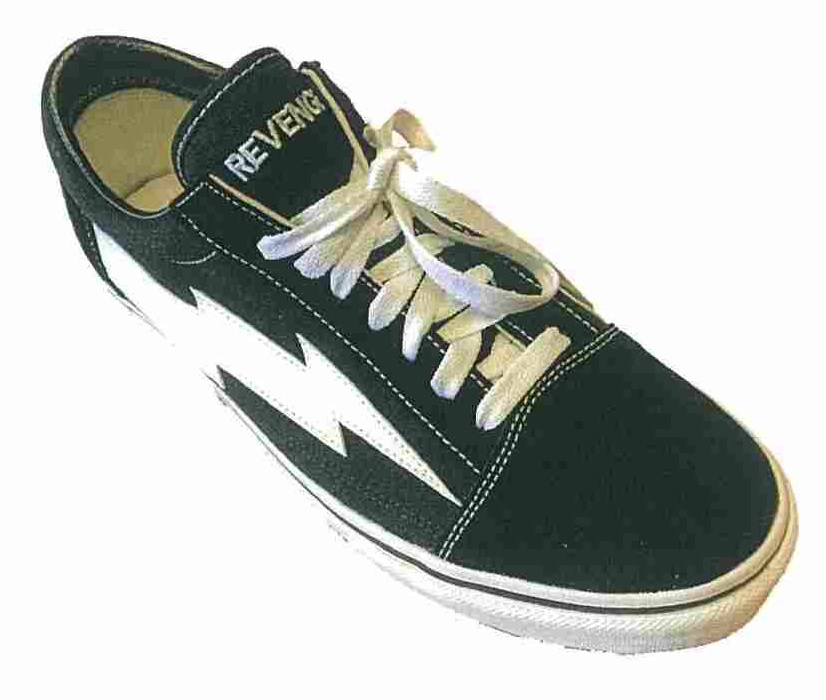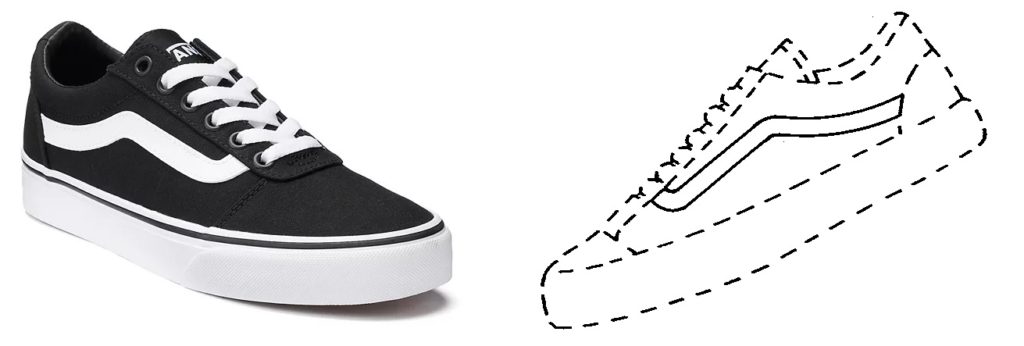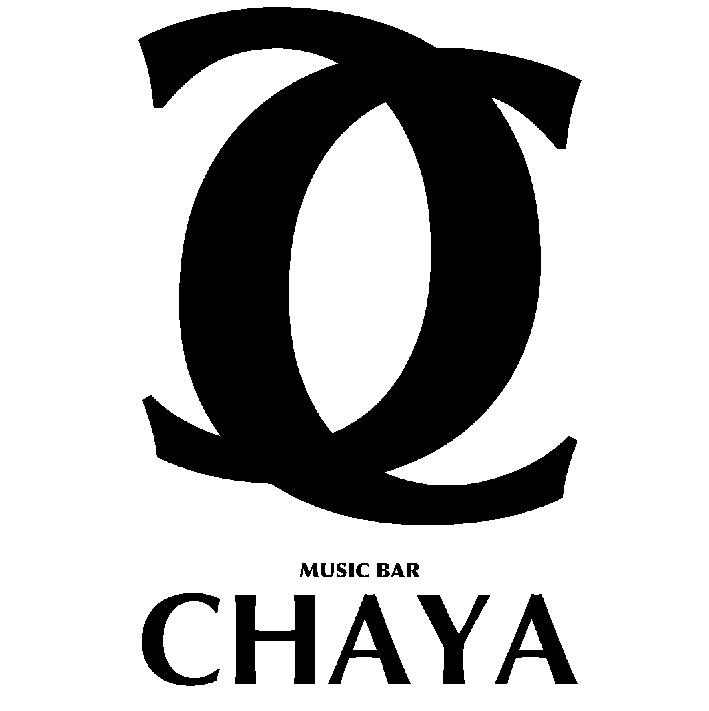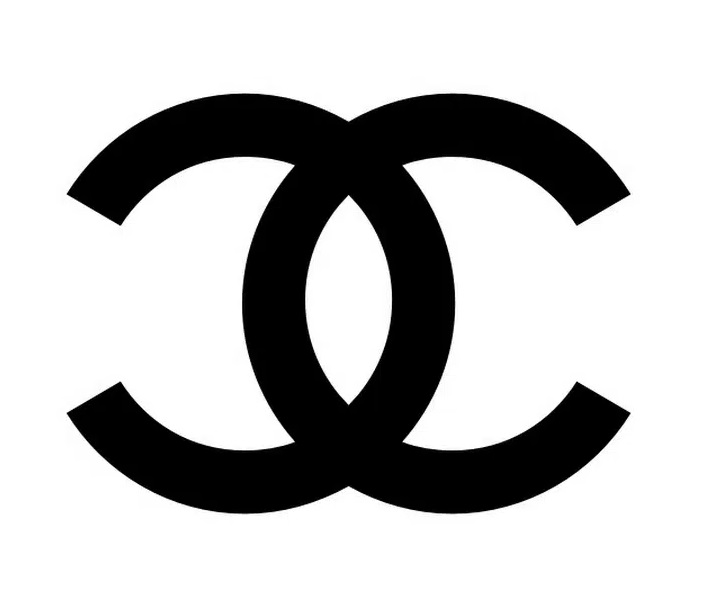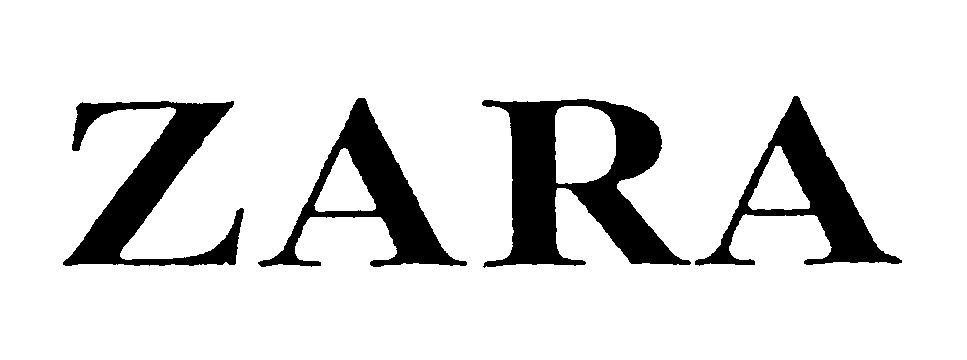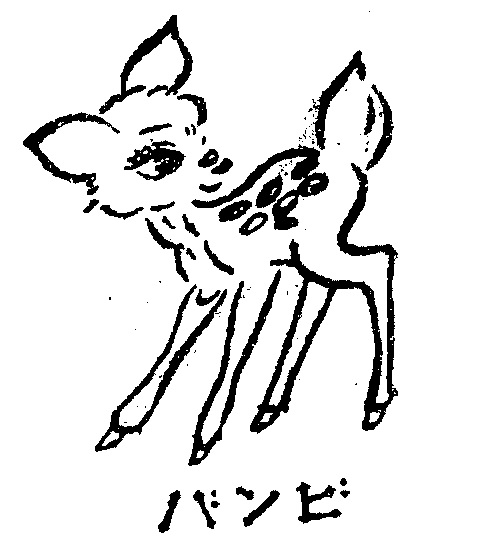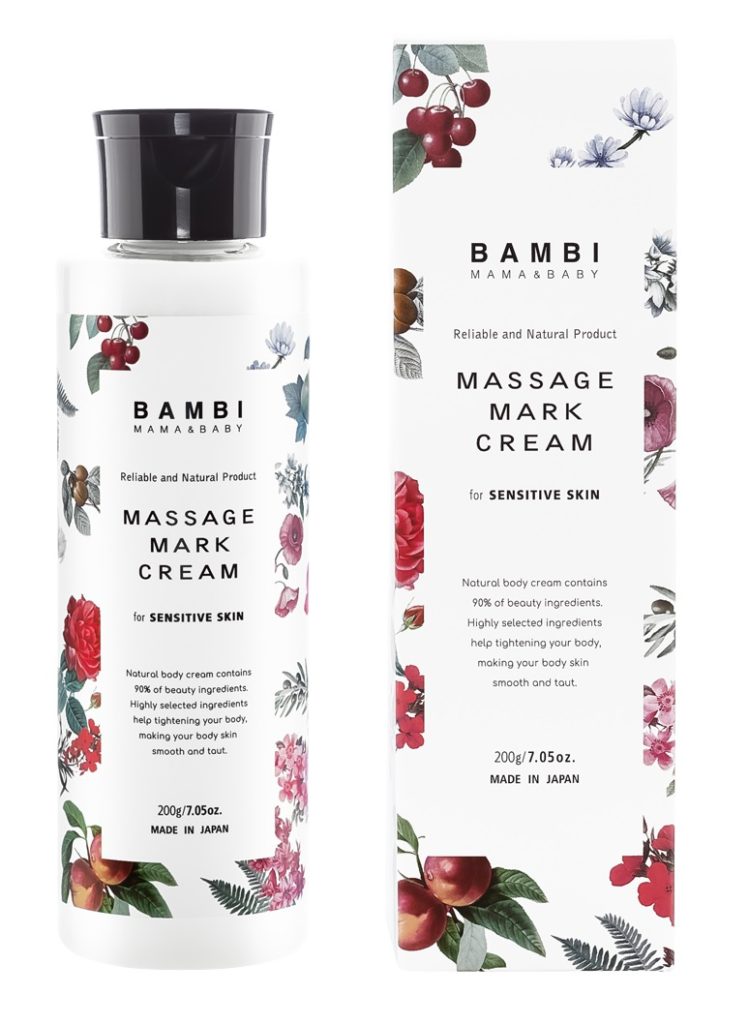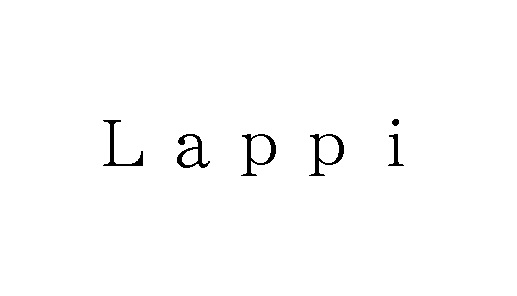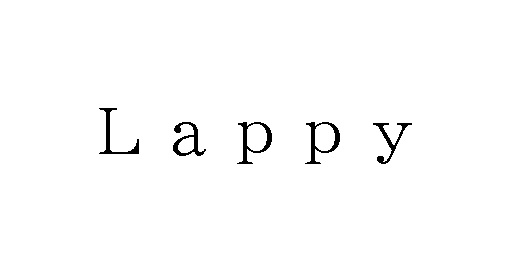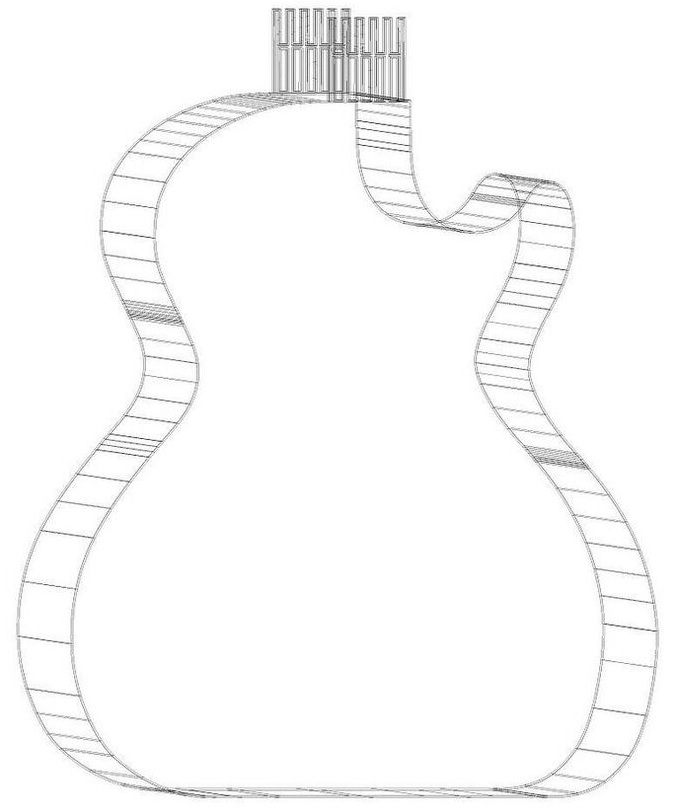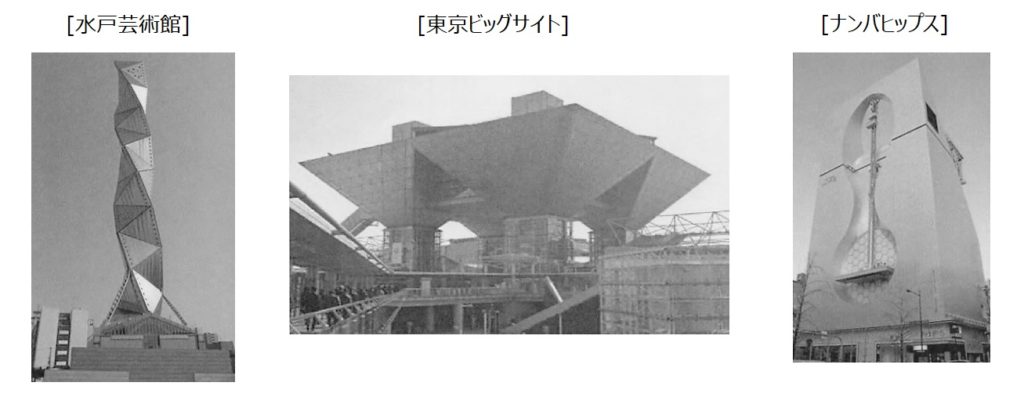The Japan Patent Office (JPO) dismissed an opposition filed by HACHETTE FILIPACCHI PRESSE, Société Anonyme (FR) against Japanese trademark registration no. 6452048 for stylized wordmark “Ellenail” by finding dissimilarity to and less likelihood of confusion with French fashion magazine “ELLE”.
[Opposition case no. 2021-900440, Decision date: October 7, 2022]Ellenail
The opposed mark, consisting of the term “Ellenail” with stylization (see below), was applied for registration on August 14, 2020, for goods and services relating to nail care and polish in classes 3, 18, 21, and 44 by es social management, Inc., a Japanese company.
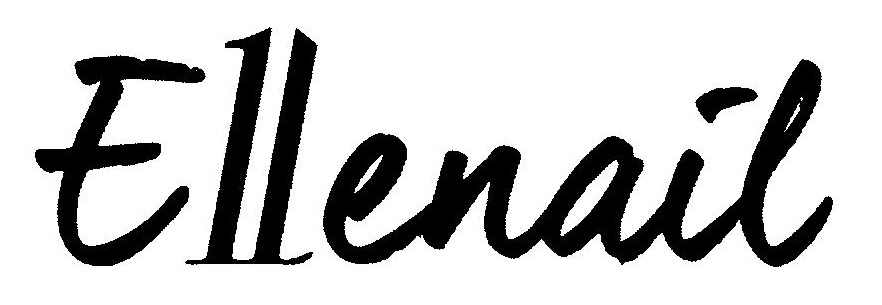
The company opens “Ellenail” nail salons in Tokyo.
The JPO granted protection on October 6, 2021, and was published for opposition on October 26, 2021.
Opposition by ELLE
On December 17, 2021, HACHETTE FILIPACCHI PRESSE, Société Anonyme (hereinafter referred to as HFP), a French company responsible for the well-known women’s magazine ELLE, which had the largest readership of any fashion magazine in the world, filed an opposition with the JPO.
In the opposition, HFP contended that the opposed mark shall be canceled in contravention of Article 4(1)(xi) and (xv) of the Japan Trademark Law.
Article 4(1)(xi) is a provision to refrain from registering a junior mark that is identical with, or similar to, any earlier registered mark.
Article 4(1)(xv) provides that a mark shall not be registered where it is likely to cause confusion with other business entities’ well-known goods or services, to the benefit of the brand owner and users.
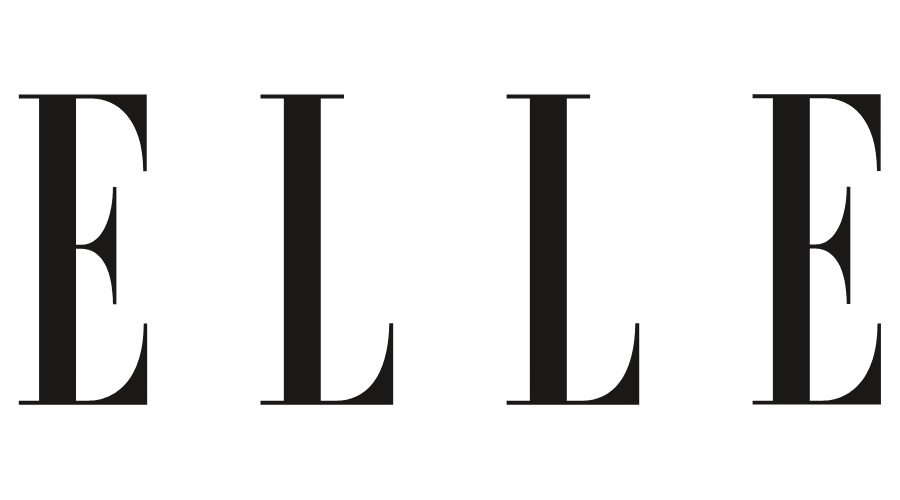
HFP argued that the opposed mark consists of two words, “Elle” and “nail”. It is obvious that the term “nail” lacks distinctiveness in connection with nail-related goods and services. Besides, in view of the fact that the term “nail” is an English word familiar among general consumers in Japan, the term “Elle” shall be considered a prominent portion of the opposed mark. Therefore, the opposed mark as a whole is similar to HFP’s earlier registrations for the mark “ELLE” which has acquired a substantial degree of reputation and popularity. Because of it, relevant consumers are likely to confuse or misconceive the opposed mark with HFP or any business entity systematically or economically connected with the opponent at the sight of the goods and services in question bearing the opposed mark.
JPO decision
The Board admitted the “ELLE” mark has acquired a high degree of reputation and popularity among relevant consumers and traders as a source indicator of the fashion magazines.
In the meantime, the Board found the opposed mark shall be assessed in its entirety from visual and conceptual points of view. Facts that the word “nail” is descriptive in relation to the goods and services in question and the term “Ellenail” is a combination of two different languages, namely “Elle” in French and “nail” in English, shall not be a good reason to consider the word “Elle” a prominent portion of the opposed mark because of a tight combination of two words. By finding this, the Board concluded the opposed mark is dissimilar to the “ELLE” mark.
Taking into consideration a quite low degree of similarity between the marks, and a remote association between nail-related goods and services and the opponent business, the Board had no reason to believe that relevant consumers would mistakenly assume the opposed goods or services originate from the same source as or are associated with, the opponent.
Based on the foregoing, the Board decided the opposed mark shall not be canceled in contravention of Article 4(1)(xi) and (xv), and dismissed the opposition entirely.

